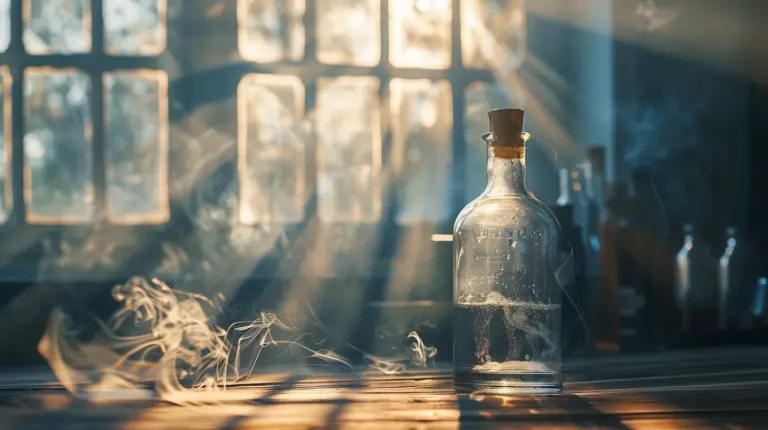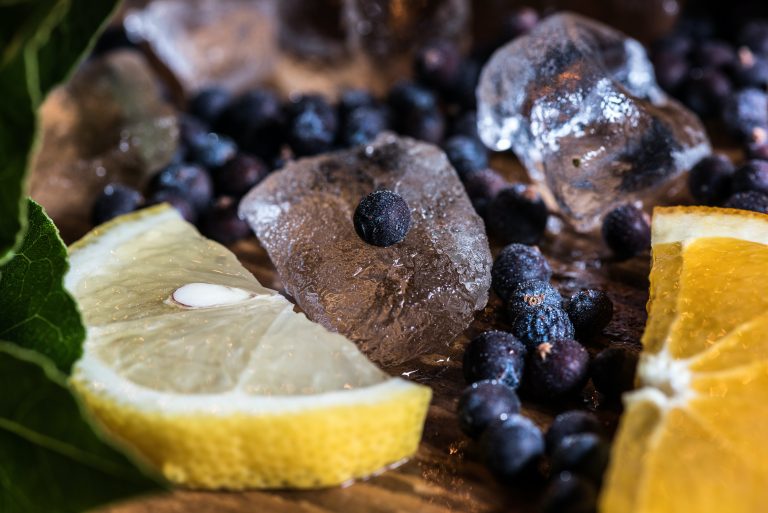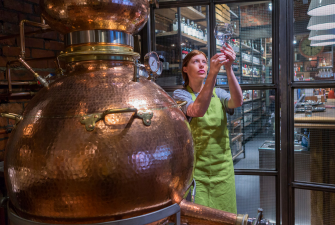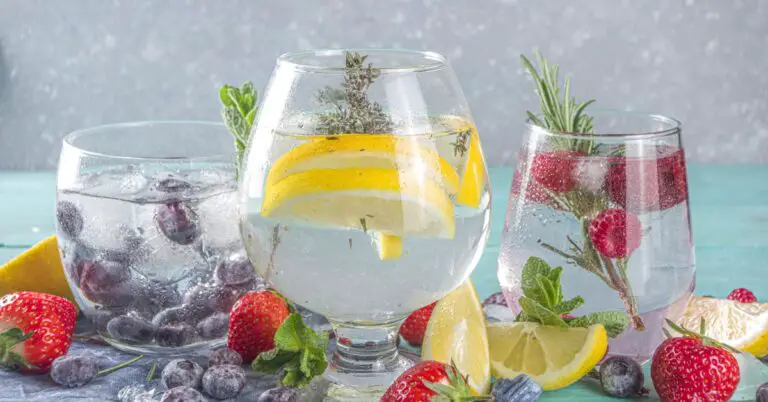When Did Japanese Gin Start? A Journey Through the History
Back in 1812, Japanese gin made its debut in Nagasaki, kickstarting Japan’s venture into crafting this Western-style spirit. This journey was heavily influenced by the Dutch trading enclave in the area.
Fast forward to 2015, when the Kyoto Distillery introduced Kinobi Kyoto Dry Gin, setting a new benchmark for quality. Suntory joined the scene in 2017 with Roku Gin, offering a unique twist, while Nikka brought in Coffey Gin, renowned for its intense flavors.
These milestones fueled global interest in Japanese gin, solidifying Japan’s impact on the international market. The rich tapestry of Japanese gin history unfolds further with each unique bottle.
Main Points Covered Below
- Japanese gin production began in 1812 in Nagasaki by Shige Dennoshin.
- Dutch trading influence in Nagasaki led to the introduction of gin to Japan.
- Gin was the first Western-style spirit crafted in Japan, diversifying beverages.
- Traditional craftsmanship and innovative techniques shaped the early Japanese gin industry.
- The legacy of Nagasaki’s early gin production continues to influence the Japanese gin scene.
Early Origins in Nagasaki
In 1812, in the bustling port city of Nagasaki, I commenced my journey into the world of Japanese gin. This was a time when Shige Dennoshin, intrigued by Western-style spirits, ventured into gin production, marking the early origins of Japan’s gin industry.
The Dutch trading enclave played a pivotal role in introducing this novel spirit to Japan, sparking a wave of curiosity and experimentation among Japanese gin makers.
As the first Western-style spirit to be crafted in Japan, gin held a special place in the hearts of those seeking to diversify the country’s beverage offerings. Over the years, the gin industry in Japan has seen remarkable growth, with a blend of traditional craftsmanship and innovative techniques propelling it to new heights.
Today, the legacy of those early efforts in Nagasaki continues to shape and inspire the flourishing Japanese gin scene, enchanting enthusiasts worldwide with its unique flavors and rich history.
Kyoto Distillery Impact in 2015
Established in 2015, Kyoto Distillery made a significant impact on the Japanese gin movement by introducing Kinobi Kyoto Dry Gin. This craft gin stood out due to its artisanal production methods and the use of unique botanicals, setting a new standard for quality in the industry.
The release of Kinobi Kyoto Dry Gin in 2016 not only showcased Japan’s potential for producing high-quality gin but also generated a wave of local and global interest in Japanese craft spirits.
Kyoto Distillery’s commitment to artisanal production techniques elevated the Japanese gin scene.
The incorporation of unique botanicals in Kinobi Kyoto Dry Gin added a distinctive touch to the gin, capturing the attention of enthusiasts.
The success of Kyoto Distillery served as a turning point for the Japanese gin industry, inspiring other renowned distilleries like Suntory and Nikka to venture into the craft gin market.
The surge in local and global interest following Kyoto Distillery’s impact highlighted the growing appreciation for Japanese craft spirits.
Suntory and Nikka Entries in 2017
Kyoto Distillery’s impact in 2015 paved the way for major players like Suntory and Nikka to make their mark in the Japanese gin market in 2017.
Suntory, known for its Hermes Dry Gin since 1936, shook things up with the introduction of Roku Gin in 2017. This new offering brought a unique twist to Japanese gin, captivating both local and international gin enthusiasts.
On the other hand, Nikka entered the scene in 2017 with its Coffey Gin, renowned for its intense and citrusy flavor profile. The releases of Roku Gin and Coffey Gin by Suntory and Nikka respectively further fueled the growing popularity of Japanese gin on a global scale.
These additions not only expanded the diversity of Japanese gin but also solidified Japan’s position as a notable player in the international gin market. The innovative creations from these renowned distilleries continue to intrigue and delight gin lovers worldwide.
Japanese Gins Global Recognition
Japanese gins have received worldwide acclaim for their unique flavor profiles and utilization of native botanicals. As a fan of global spirits, I find Japanese gins particularly fascinating due to their craftsmanship and innovation.
Here are some reasons why Japanese gins are gaining recognition on the international stage:
- Native Botanicals: The use of native botanicals sets Japanese gins apart, offering a taste of Japan’s distinctive flora.
- Precise Blending Techniques: The precise blending techniques employed by distilleries like Kyoto Distillery guarantee a harmonious balance of flavors.
- Unique Aroma Profiles: Japanese gins are renowned for their unique aroma profiles, creating a sensory experience like no other.
- Quality and Innovation: The increase in interest globally reflects the quality and innovation behind Japanese gins, making them a highly sought-after choice for spirits enthusiasts.
With a growth rate of over 20% in global volumes from 2014 to 2019, Japanese gins are certainly making their mark in the world of spirits.
Contemporary Japanese Gin Scene
Entering the vibrant world of contemporary gin production in Japan reveals a dynamic landscape defined by innovation and diversity. The Japanese gin scene has seen significant growth in recent years, fueled by key players like Kyoto Distillery, which kickstarted the trend back in 2015.
In 2017, industry giants Suntory and Nikka made their mark in the Japanese gin market, further propelling its popularity. Regions like Kyushu, renowned for its numerous shochu distilleries, have become hotspots for local gin producers, adding to the rich tapestry of Japanese gin varieties.
Craft gins such as Kinobi Kyoto Dry Gin, Nikka Coffey Gin, and Suntory’s Roku Gin haven’t only captured the hearts of locals but also garnered international acclaim.
Distilleries like Kyoya in Miyazaki and Komasa Gin from Kagoshima showcase the ingenuity and creativity present in the contemporary Japanese gin landscape, drawing inspiration from traditional whisky production techniques and utilizing Japanese botanicals to craft unique and flavorful spirits.
Final Thoughts
Japanese gin has a rich history, dating back to the early origins in Nagasaki and gaining momentum with the Kyoto Distillery in 2015.
The entries of Suntory and Nikka in 2017 further solidified Japanese gin‘s global recognition.
Today, the contemporary Japanese gin scene continues to thrive, offering a unique and diverse range of flavors that appeal to gin enthusiasts worldwide.
So, next time you’re looking for a new and exciting gin experience, consider exploring the world of Japanese gin!






